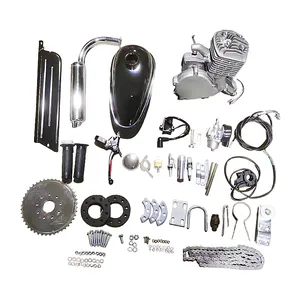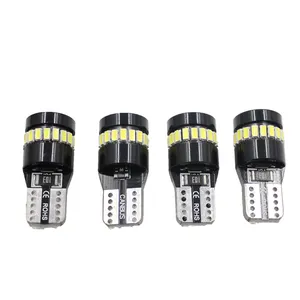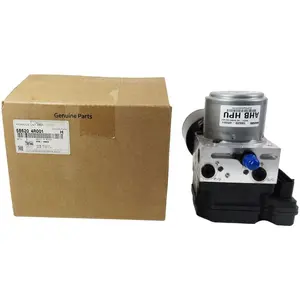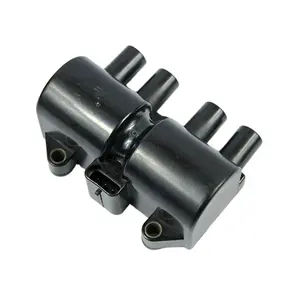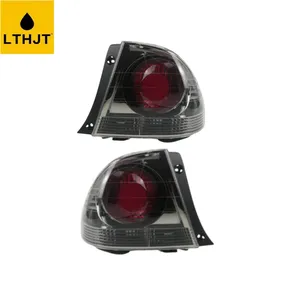Popular in your industry







































































































































































Top categories
About canter shaft
Understanding Canter Shafts
A canter shaft is an integral component in the realm of automotive mechanics, serving as the backbone for transmitting power within various types of vehicles. This cylindrical component, often constructed from robust metals, is pivotal in connecting the front and rear axles, ensuring the seamless transfer of engine power to the wheels.
Types and Applications
The diversity of vehicles necessitates a range of canter shaft types, each designed to meet specific vehicular demands. From heavy-duty trucks to sleek cars, the application of these shafts is as varied as the vehicles themselves. Customization options are available, allowing for the precise matching of journal sizes, bearing types, and U-joint configurations to vehicle specifications.
Features and Materials
Modern canter shafts are engineered with features that cater to the rigorous demands of vehicle dynamics. Equal length shafting and universal joints are common in front shafts, enhancing traction and stability. Materials range from traditional steel to innovative carbon fiber, the latter offering a remarkable strength-to-weight ratio tailored to exact engineering needs.
Advantages of Canter Shafts
The advantages of employing a well-crafted canter shaft are manifold. In rear-wheel-drive systems, for instance, the rear shaft plays a crucial role in minimizing friction and heat during power transfer. Universal shafts, on the other hand, are designed for vehicles with longer wheelbases, providing reliability over extended use.
Selection Considerations
Selecting the appropriate canter shaft involves a thorough understanding of vehicle requirements and load specifications. It is essential to ensure compatibility in terms of size, type, and capacity to handle the applied load, which directly impacts the efficiency and longevity of the vehicle's transmission system.
Complementary Components
In addition to the primary shafts, the market offers a variety of related components such as replacement parts, aluminum shafts, and 2-piece shafts. These components are designed to integrate seamlessly with existing systems, providing options for maintenance and upgrades without the need for extensive modifications.
